Some appliances cost more to run than others. Take a look at what uses the most electricity in a home so you can plan to save money.
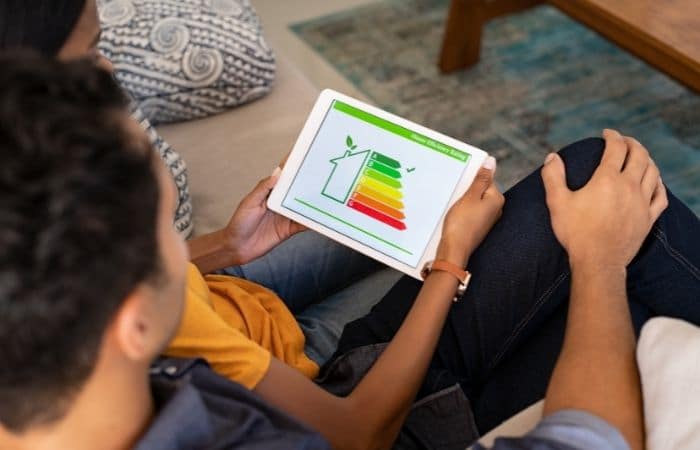
£10 sign up bonus: Earn easy cash by watching videos, playing games, and entering surveys.
Get a £10 sign up bonus when you join today.
Join Swagbucks here >>
Energy bills hurt the household budget, with the cost of living continuing to rise!
Everything with a plug costs you money to use it. However, some appliances cost a lot more money to run than others.
Let’s look at what appliances use the most electricity in your home, as well as how you can save money and reduce your energy consumption.
What uses the most electricity in a home?
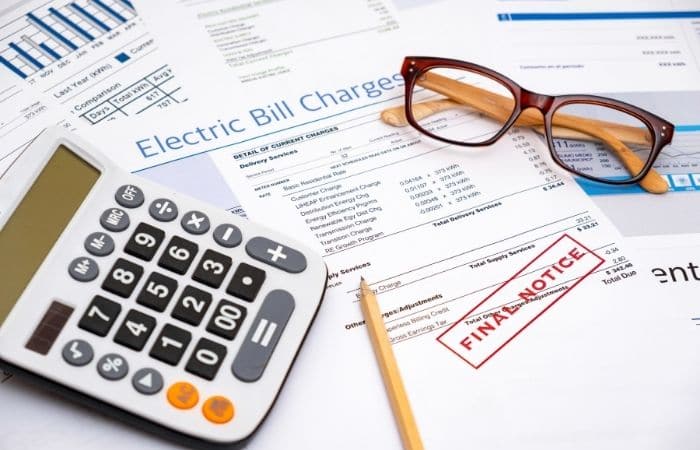
If you’ve been questioning why is my electric bill so high recently, it may well be due to the sharp rise in energy prices and the lack of competitive deals.
However, it doesn’t mean you can’t get a handle on costs and look at which appliances are guzzling more energy.
This will allow you to be more conscious about how you use them and plan to replace them with better energy-efficient appliances in the future.
Not only will this save you money on energy in the long term, but you’ll also be doing your bit for the environment too.
According to Carbon Footprint, here are the appliances that are costing you more to run.
Look below at how you can save money when still using these appliances.
| Appliance | Cost per year |
|---|---|
| LCD TV | £50.08 |
| Fridge Freezer | £40.80 |
| Tumble Dryer | £37 |
| Electric Hob | £30.10 |
| Electric Oven | £21.08 |
| Dishwasher | £19.44 |
| Kettle | £16.90 |
| Standard Light Bulb | £14.60 |
LCD TV
Not all TVs are the same. The type and size will determine how much energy it uses and what it will cost you.
Let’s say you have an LCD TV between 34 – 37 inches, and you have it on for 6.5 hours a day; it will use 211.1 W each time you use it.
That works out at around £50.08 a year on your energy bill.
Turn the TV off at the plug instead of leaving it on standby to cut the costs. Even on standby, it’s sucking energy and it costs you money for nothing.
You can also adjust the setting to turn down the brightness, and most TVs have an eco-mode that turns itself off if no one is around.
Fridge freezer
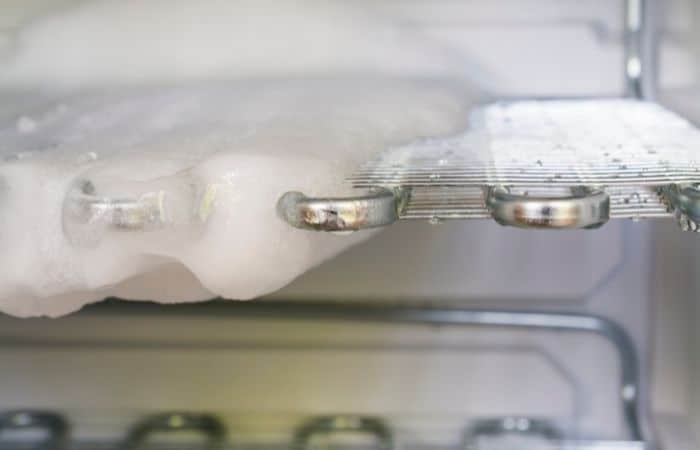
Your fridge freezer is not an appliance you want to turn off, but it is up there in terms of how much it costs you to run each year.
Because it’s on 24 hours a day, an A-spec fridge freezer will use around 408 kWh per year, which will cost £40.80 a year.
To save money, don’t turn the fridge up too high, or it will work harder and use more energy. Try not to overfill your fridge, allowing air to circulate and maintain it at the right temperature. Also, make sure to keep your appliance frost free.
It’s worth taking a check of the seals of the doors regularly to ensure they’re airtight and clean. If worn, you can replace them rather than replace the entire appliance.
Changing to an A++ (or higher spec) appliance would cost just £20.60 a year in electricity – saving around 50% of your annual costs.
You can also maintain your fridge freezer by vacuuming the condenser coils at the back to remove any dust that naturally builds up. This also helps the appliance be more efficient.
Tumble dryer
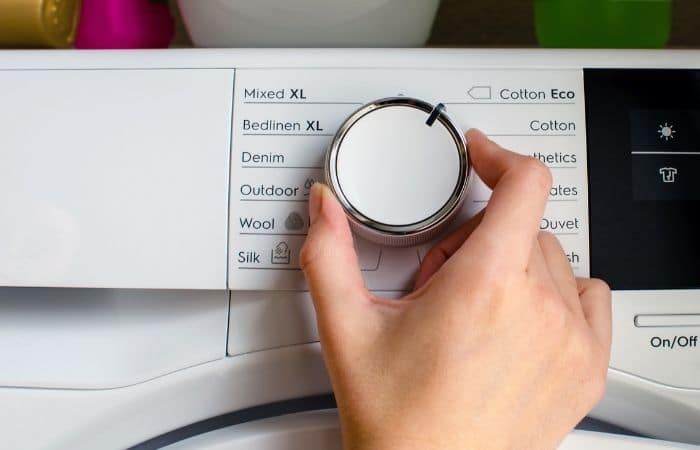
You may want to dry clothes quickly, or you have no other option during the lovely wet British weather than to use a tumble dryer. It’s worth being conscious of how much it’s costing you.
Each cycle will use around 2.5 kWh. With an average of 148 uses over 12 months, you will send £37 a year with a tumble dryer.
There’s also the environmental impact, as the appliance uses 159 kg CO2 per year.
Save on costs by drying outside as much as possible, which I know isn’t always possible.
There are ways of drying clothes indoors (avoiding mould), and you can speed up the process by putting the clothes on an extra spin cycle after they’ve finished in the washing machine. This will remove any excess moisture.
If you still need to use your dryer, don’t overfill it and ensure you clean the filter after each use.
Electric hob and oven
Electric hobs and ovens cost £30.10 and £21.08 a year to use.
Switching to gas appliances will just move the spending, but there are other ways to reduce your appliance costs.
I always fill a kettle with water, boil it, and then add it to the pan. Although it costs to use the kettle, it costs less than using the hob.
Also, use lids when boiling food. This will mean you don’t need to cook the food for as long, so you will use less energy.
Ditch your hob and oven altogether, and swap them for more energy-efficient appliances. A few examples are a slow cooker, air fryer, and an electric steamer.
See how much energy a slow cooker uses.
If you need to replace your oven but you cannot afford the costs, look into whether you’re eligible for a white goods grant.
Dishwasher
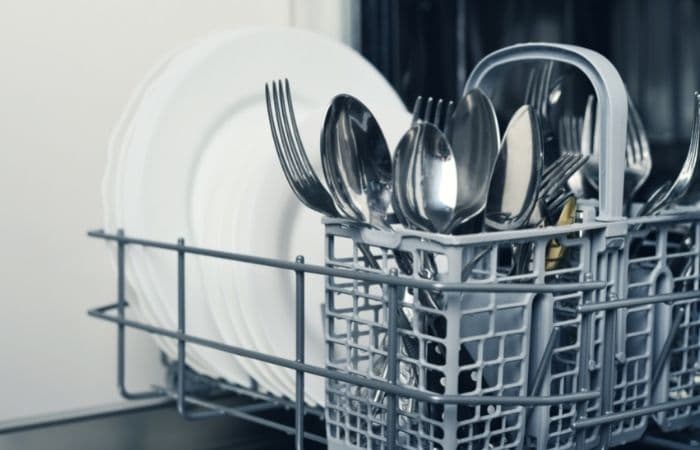
Using a dishwasher at 65ºC will cost you around £19.44 a year.
To save money, use a lower temperature or the eco-program on the machine. This setting will use lower temperatures and less water.
Don’t run half loads in the dishwasher, but also don’t overfill it.
Also, be sure to keep the internal filters clean.
Kettle
I must admit I probably drink too much coffee, and our kettle is on a lot. I suppose cutting down how much I consume will save our household bill, but in the meantime, there are other practical ways to save.
The kettle adds £16.90 to your electricity bill each year – that’s a lot of tea!
You use around 0.11 kWh if you heat one litre of water in your kettle, so save money by only filling the kettle up with as much water as you’ll need.
If you’re unsure, I fill my mug with water then add that to the kettle so I know there’s the right amount.
I also make a flask of coffee rather than boiling it repeatedly throughout the day.
Make sure to keep your kettle descaled and invest in an eco model when you next need a new one.
Standard lightbulb
It may be a running joke in many households about turning the lights off when you leave a room, but rightly so.
One standard light bulb costs £14.60 a year if it’s on for just four hours a day. Multiply that by every room in your house!
So, switching them off is a sure-fire way to save your cash.
However, you can save even more by switching to a low energy light bulb.
Check out SaveMoneyCutCarbon for the cheapest eco lightbulbs (and if you find it cheaper, they price match anyway)!
With a low energy bulb, it will cost just £2.63 a year for the same four hours. The cost of the new bulb pays for itself!
Find the what is the cheapest electric heater to run.
FAQs
The biggest users of electricity in your home are a TV, fridge freezer, tumble dryer, electric hob and oven, and dishwasher.
Turn off the appliances when they’re not in use, be sure to maintain them regularly and plan to upgrade to more energy-efficient models when they need replacing.
The smart meter won’t automatically save you money, but it will make you more conscious about how much energy you’re using daily. This will help change your habits to use less.
- Sainsbury’s Christmas dinner deal: feed six for under £15 with Nectar Prices - 5 December 2025
- Free Christmas holiday clubs and meals if your child gets free school meals - 5 December 2025
- Feed 8 for under £12: Aldi’s value Christmas dinner deal - 5 December 2025
Saved a few quid with our tips? You can help keep Skint Dad going with a small contribution.
Help keep Skint Dad going
Jay says
Induction hobs heat water and more effeciently than a kettle.
Teresa S says
I have a ceramic hob and I bring whatever I am cooking veg or rice wise up to the boil and then switch off. Vegetables/ rice then cook in the residual heat. I only use my oven if I can fill it, so I might make a cake or some scones to fill the gap. If I boil the kettle I put rest of the water in a flask. I am now only boiling the kettle twice a day!
Spinning washing twice definitely speeds up drying time. I also invested in a heated airer which not only dries my washing , but heats the room as well.